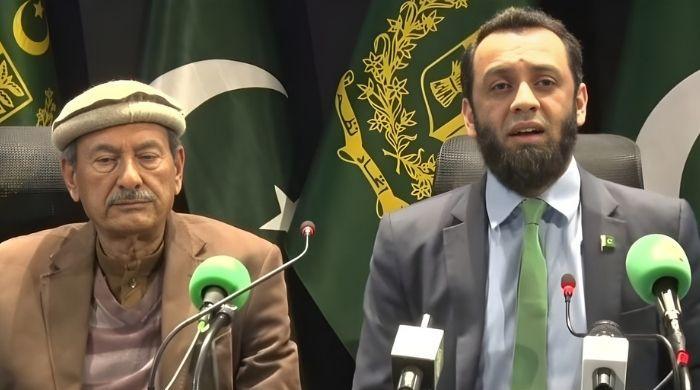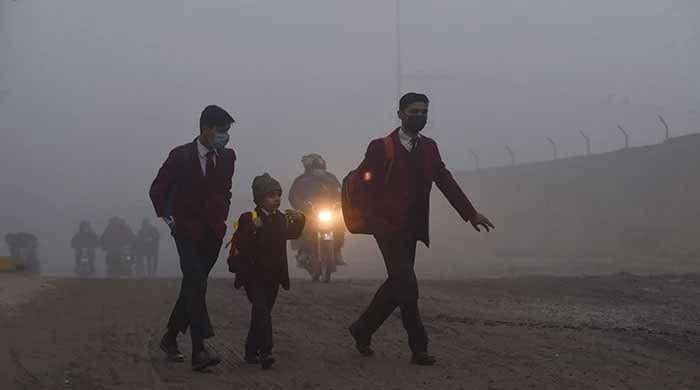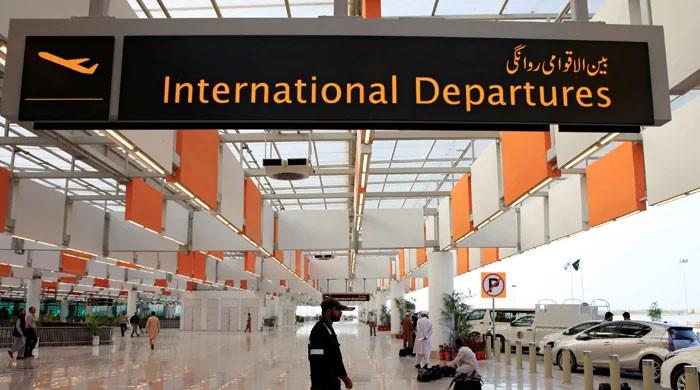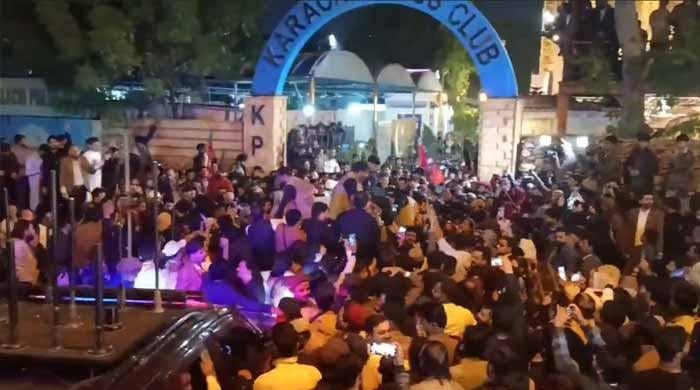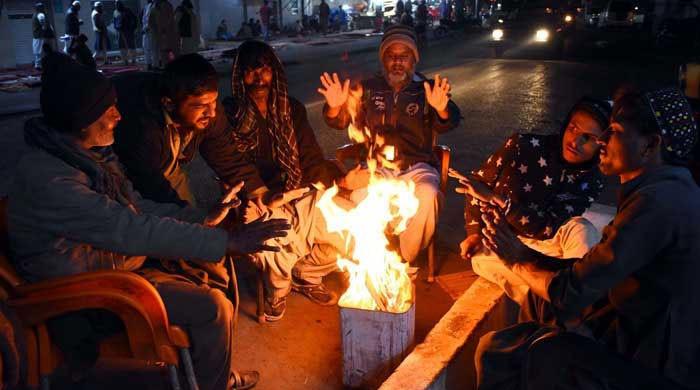Elections 2018: Project PTI executed successfully
This video report, covering 2018 elections, is the first part of a series about history of Pakistan elections
February 06, 2024
In 2018, the Pakistan Muslim League-Nawaz (PML-N) became the country's second government to complete its tenure and, for the first time in history, democracy prevailed for 10 years.
Pakistan's last general elections were held on July 25, 2018, in which the competition was largely between PML-N and Pakistan Tehreek-e-Insaf (PTI).
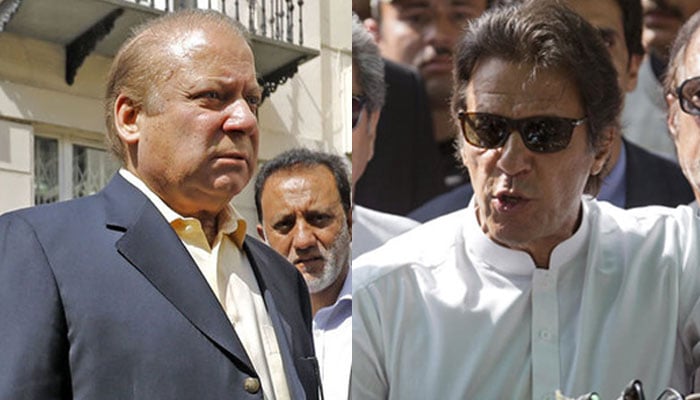
PTI, which got only 28 seats during the polls in 2013, claimed a big win this time after basing their campaign on slogans of change, accountability and a new Pakistan.
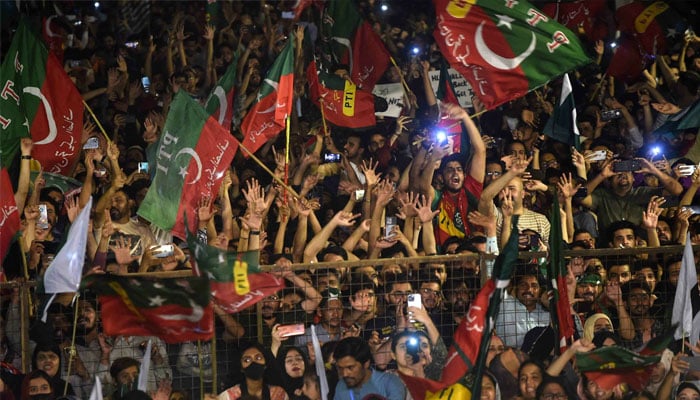
PML-N chief Nawaz Sharif was out of the electoral race after being disqualified by the Supreme Court in the Panama Papers case and the Pakistan Peoples Party (PPP) had lost its popularity in Punjab, which is why it looked tough for these two parties to beat PTI.
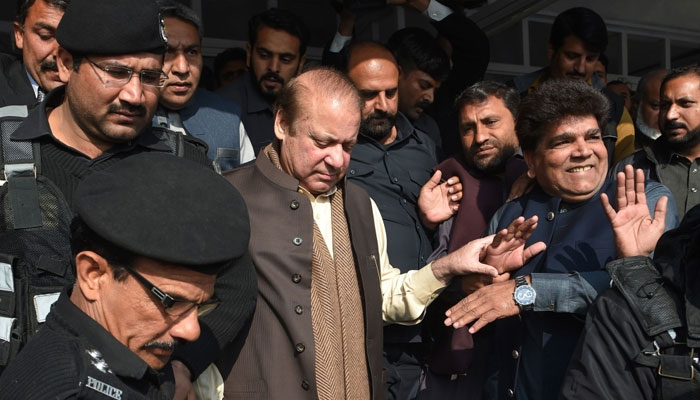
The polls, held on July 25, 2018, were predominantly peaceful, however, the sudden failure of the Result Transmission System (RTS) system dented the election's credibility. Six major parties, including the PML-N, called out large-scale rigging and mismanagement in the polls.
According to the results, PTI won 116, PML-N came in second with 64, and PPP were third with 43 seats.
PPP won the majority with 75 seats in Sindh, Balochistan Awami Party (BAP) and PTI formed a coalition govt in Balochistan, while PTI succeeded in Khyber Pakhtunkhwa.
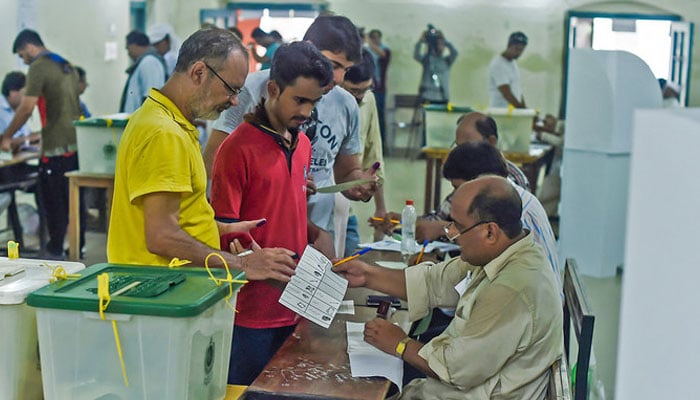
In these polls, only 50.14% of voters took to the elections, with the highest turnout observed in Punjab at 56.8%, while the lowest was in Khyber Pakhtunkhwa at 41.5%. Interestingly, in 2018, Balochistan, with a 45% turnout for the first time, was not the province with the lowest percentage of voters.
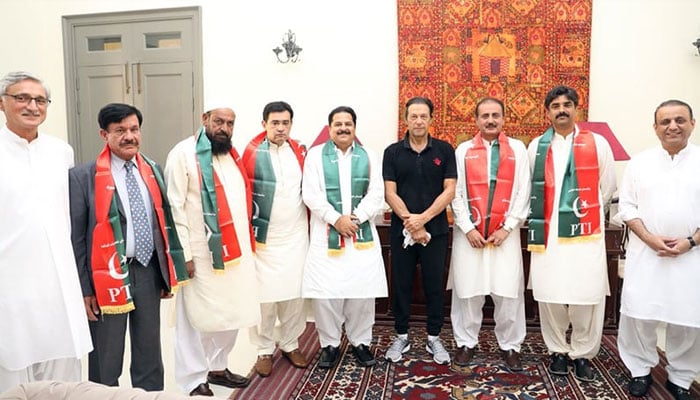
But, despite getting more seats than PTI in the Punjab assembly, the PML-N could not form the government. Meanwhile, PTI joined hands with Pakistan Muslim League Quaid-e-Azam (PML-Q) and independent candidates to form government in Punjab.
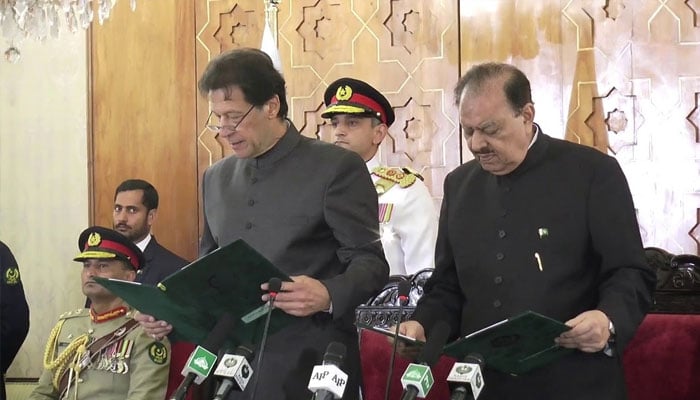
In the centre, PTI formed a coalition government with PML-Q, Muttahida Qaumi Movement-Pakistan (MQM-P), BAP and independent candidates. Consequently, on August 18, 2018, Imran Khan took oath as Pakistan's prime minister. But, his govt could not complete its tenure.
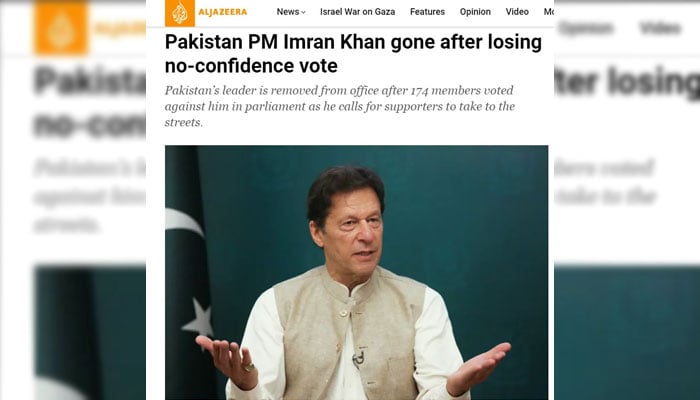
On April 10, 2022, the PTI was sent packing after losing the vote of no confidence in the national assembly, and the 13-party coalition Pakistan Democratic Movement (PDM) formed a government for the rest of the assembly's tenure.





